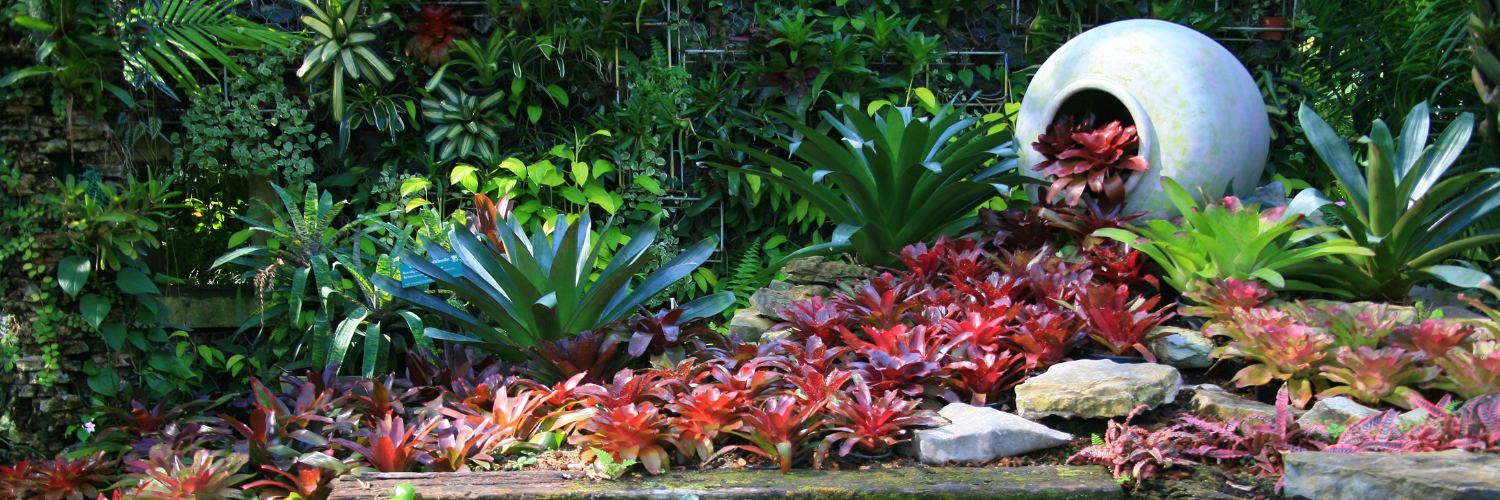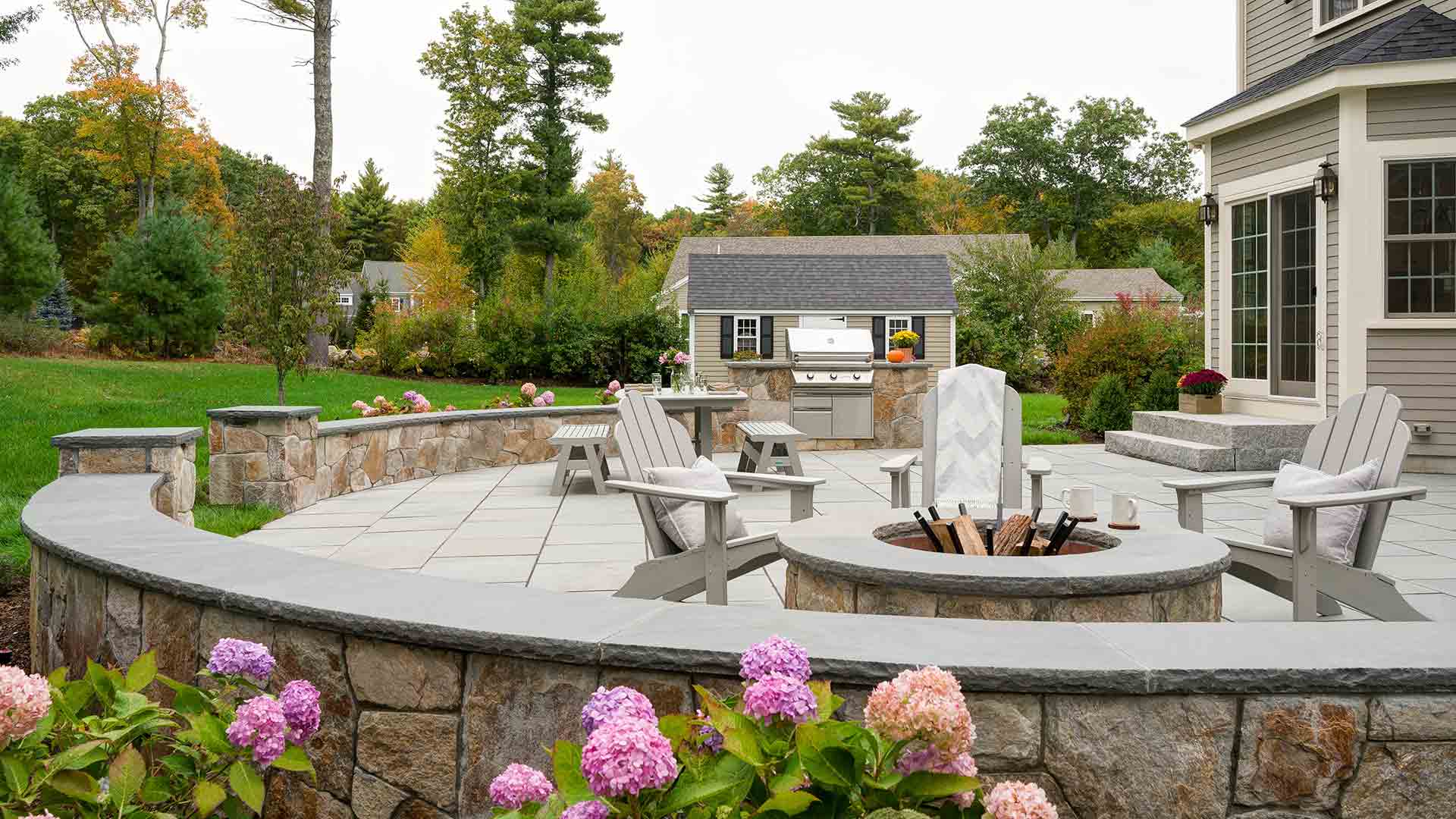The Buzz on Landscapers
The Buzz on Landscapers
Blog Article
Landscapers - An Overview
Table of ContentsAll about LandscapersThe Ultimate Guide To LandscapersNot known Facts About LandscapersRumored Buzz on LandscapersExcitement About Landscapers
- A tree or shrub (bush) that loses its leaves in winter. In the PNW there are semi-deciduous or semi-evergreen plants that may shed their fallen leaves relying on exactly how cool the winter season is. Abelia and some hebe are examples. Landscapers. - A level gathering room, made of timber or composite product (made to look like wood), usually nearby or affixed to a structure.

This is an all-natural process, and the outcome can be used for paths and patios. - Trick landscape features being suggested in a landscape layout plan.
Landscapers for Dummies
These goals guide the design procedure, not the developer's design or choices. Common design objectives in Rose city are reduced maintenance, drought forgiving, and animal friendly.
However, over time this layer can get very thick and make it difficult for water, sunlight, and nutrients to reach sections of the turf.- The process of collecting and controlling the circulation of water on a home. This can be performed with grading, French drains pipes, dry wells, absorptive surface areas, sump pump, rainfall yards, and much more.
Feature at the end of hills, with all-natural springtimes, or loaded with heavy clay have the most drainage problems.- A slow-moving feeding irrigation system that utilizes flexible tubing and emitters to send an exact quantity of water to each plant. This is the most efficient approach of irrigating plants. - The capability of a plant to survive without much summertime water.
- A yard feature where water is represented by an accumulated rock product, normally a gravel or granite. These are most typically discovered in modern and Japanese garden design.- A rock or natural flagstone outdoor patio, path, or walkway built without a concrete base. The base would certainly be compressed crushed rock and the joints would certainly be an accumulation or walkable ground cover.
Some Known Questions About Landscapers.
- A stone maintaining or complimentary standing wall surface developed without the use of mortar. - An underground structure that accumulate water and enables it to slow down percolate into the soil around it.
Landscape design that is compatible with a sites' setting in both look and sustainability without adverse impacts to the environment. Bordering in additional hints the landscape is a line of separation that produces visual passion in the garden by separating one sector from an additional segment. This can be aesthetic or practical, keeping one component (such as pea crushed rock) from obtaining combined into one more (like bark dirt).
Areas can additionally have a feeling of "enclosure" provided by trees, various other growings, fencings, or displays. The landscape near the access to a building.
A plant that is not native to the location where it will certainly be grown. Thicker bladed lawn yard that spread by means of rhizomes.: The level of dirt on your building before bark dirt or compost is spread.
The Definitive Guide to Landscapers

The purpose, factor, or action that a location is be landscaped for. Stairs operate, for example, to enable foot website traffic backwards and forwards a slope. Room for expanding plants for watching, eating, or exercise. A roofed structure utilized over an outside gathering space. The sprouting of a seed, maybe describing a yard that is being expanded from seed.
Low plants that are enabled or motivated to spread out over a location. Can refer to any type of "tough" yard components consisting of statuary or rocks but a lot of try this site commonly is used to refer to courses, patio areas, and walls.: Elevation distinction in between the degree of water in a fish pond (or the level of the pump if it sits outside the fish pond) and the top electrical outlet of water which influences efficiency of the water pump in gph (gallons per hour).
:max_bytes(150000):strip_icc()/GettyImages-154046398-c39f1daf45a84601b328d78ed8630660.jpg)
The Of Landscapers
Conventional PNW landscapes are informal. A plant that spreads out even more than wanted, or right into habitats where it does damage.
Can include head placements and protection, pipeline sizing, GPM specs, and materials needed to mount this system. Certified professional that designs landscapes, educated in design and style as well as in cultivation.
Landscape developers typically have much less schooling than Landscape Architects and are not licensed. A finished landscape layout, detailing all elements for the new landscape.
Calcium product used to elevate the find pH in dirt, which will make it much less welcoming to moss. A water tight HDPE material used below ponds, streams and waterfalls in water features. Making use of numerous plantings of the same selection to fill out a location in the landscape. This can decrease upkeep and water usage in the garden.
Report this page